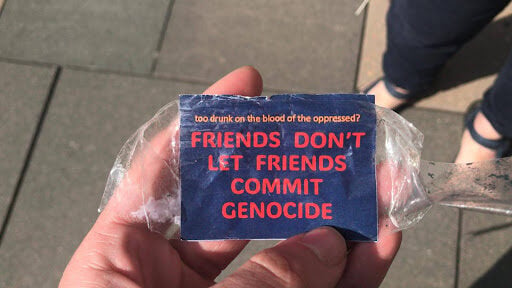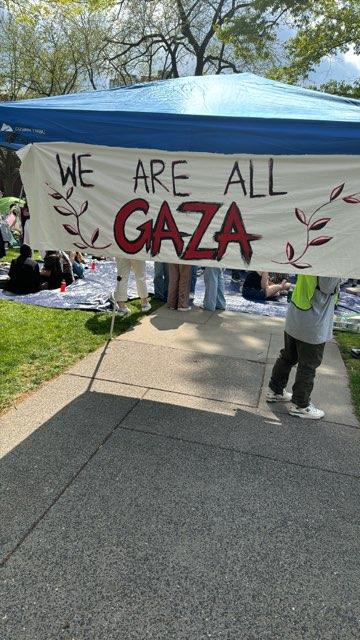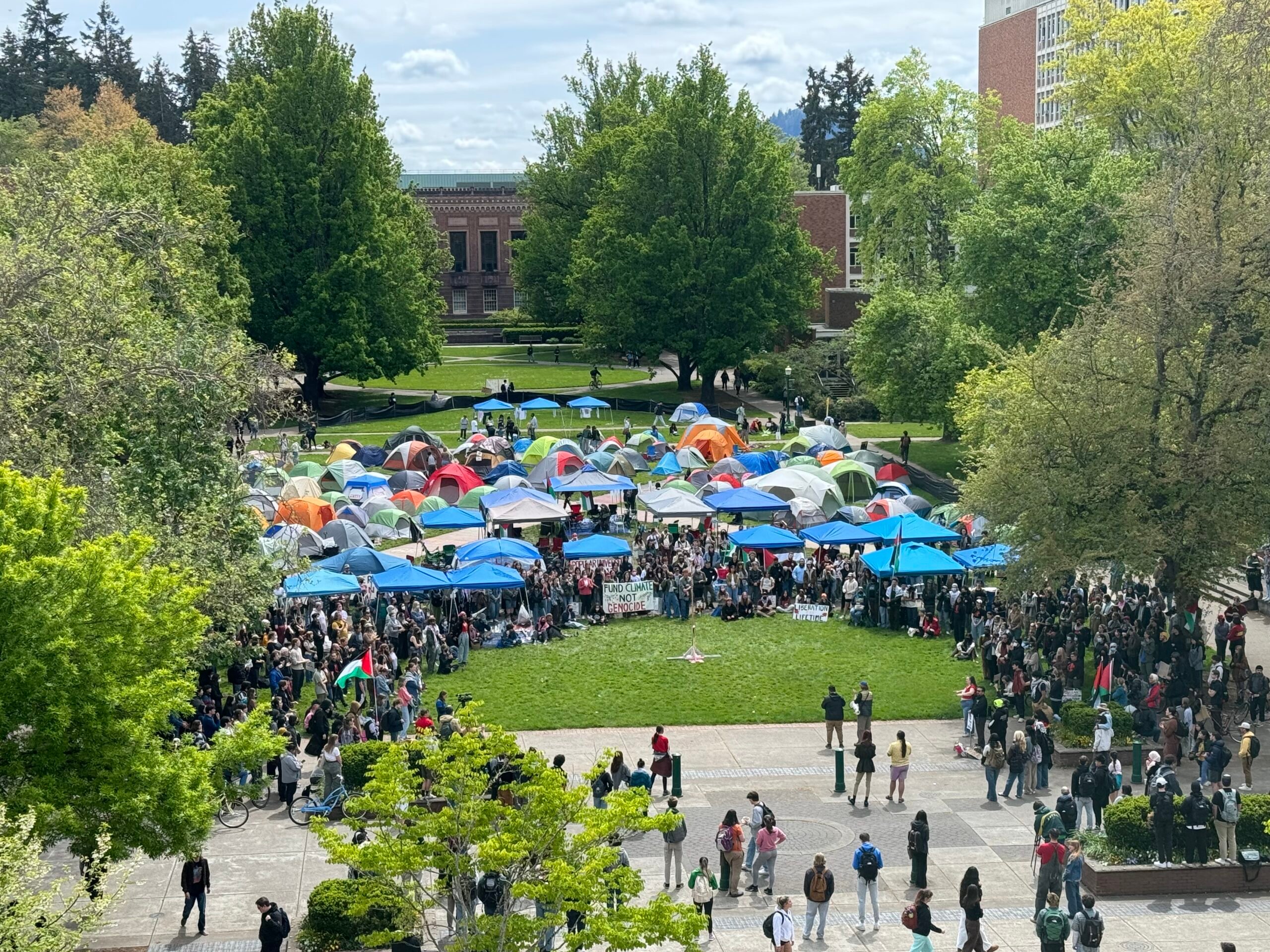The idea that gedolim—the rabbinic leadership of an era—involve themselves in public affairs has always been a sensitive matter, complicated, not in the least by the “daas-Torah” question—the idea that every political, societal, economic matter needs to be decided by halakha and din by a rabbinic decisor.
Conventional wisdom has had it that out gedolim have been primarily halakhists and have not involved themselves with public-affairs issues—inyana d’yoma, in the term-of-art. This is of course nonsense. Conceptually, this notion creates an artificial distinction between din and halakha on the one side, and communal activities on the other; as a practical matter, as leaders of the community—which in many cases they were—rabbinic leadership did concern themselves with issues that were of concerns to the Jewish polity.
I use as exemplars for activity in public affairs two rabbinic leaders, each very different from the other: the 19th-century Netziv, and the 20th-century Rabbi Isaac Hutner.
We know Rav Naphtali Zvi Yehuda Berlin as dean of yeshivoth Etz Chaim of Volozhin for some 40 years. The Netziv’s life (1817-1893) spanned the 19th century, a period of profound change for Jews in terms of varying responses to modernity: Reform, Zionism, Haskalah, changes within Orthodoxy itself (for example, Hirschian Neo-Orthodoxy). What is interesting about the Netziv, and has not to my knowledge been written about, is that he was a polymath, and in this he did not follow the Brisker path of concentrating in one arena. He wrote a commentary, for example, on the early Geonic work the She’iltoth, a commentary on the Sifrei, t’shuvoth of an unusual range, and so on.
Three points on the Netziv:
First, the Netziv was quintessentially a Litvak in many ways, not the least of which in that he did not believe that there is one halakhic way, by fiat—Da`as Torah—on issues of the day.
Second, the Netziv was obsessed with the idea of coherence—indeed unity—in the Jewish community. Indeed, one of his more celebrated t’shuvoth, (M.D., Chelek Alef, #44), addresses an issue of issue of political import. Entitled “’Al Yamin U’smol” (“On [the Question of] ‘Right’ and ‘Left’”), the t’shuva—responsum—addresses in the first instance political divisions, but ultimately the question as to whether traditional Jews (“Orthodox”) can and ought sit down with “leftists,” that is, Reform (“Neologs”) Jews who were making their mark in Germany. The t’shuva is wonderful—it is worth reading—but the bottom line is (my translation): “. . . Israel has a mandate to be the “Rock of Israel” (“Even Yisrael”), that is, that they need to be bound up in one union, whatever the differences, and no nation will be able to vanquish them. The alternative is that Jew and Jew will be separated one from another, and the nations of the world will be able to come and progressively bleed us.” In a different place—but same context, countering the suggestion to establish separatist Orthodox communities—the Netziv wrote, “This proposal is as painful as a knife in the body of the nation.”
Third observation: The Netziv developed his own analysis and historiography of contemporary Jewish affairs, which could be fairly characterized as proto-Zionism. The vehicle was an analysis, from a halakhic perspective, of antisemitism.
Sometime in the 1860s—we don’t know exactly when; it was first published in 1886—the Netziv wrote a short book on antisemitism, She’ar Yisrael (The Remnant of Israel). Of course, in the 1860s the term “antisemitism” was not as yet in use; in any case, the constructs for anti-Jewish expression were different from those of today. My guess is that She’ar Yisrael was written well before the 1880s, since the pogroms that began sweeping Russia in that decade are not mentioned, but mention is made to “the difficulties in Romania and Morocco,” clearly inyana d’yoma. (Why did the Netziv wait 20 years? Rabbi Meir Berlin’s biography of his father, Rabban shel Yisrael, sheds no light on this question.)
In any case, the Netziv takes the plunge right at the beginning of the book, asking in effect, “Why do they hate us?” His answer was of a piece with his approach to the challenges of modernity in general, as we have seen. The Netziv understood that there were forces of modernization out there, and he did not respond b’eimah uv’phachad, hysterically. Modernity to the Netziv was not necessarily a bad thing, but there were clear dangers that inhered in modernity. Assimilation resonated to the ears and the soul of the Netziv. The Netziv did not view modernity as primarily an intellectual challenge to Judaism; if benighted maskilim and Reformers wanted to battle out Judaism, abi gezunt!
But the challenge, to the Netziv, went much deeper; it was a socio-political challenge to the very survival of Jews. The Netziv’s historiography and sociology was one that discounted the theological anti-Judaism of classical Christianity, as played out since the early Church Councils. No, argues the Netziv in She’ar Yisrael: `Eisav sonei es Ya`akov is an old story, and we live with it. What’s new is that for the first time Jews have been afforded the opportunity to be integrated into at least some societies—Emancipation, as a result of the Enlightenment. The unhappy bi-product: antisemitism, because the new ideas devalued traditional Judaism and, by extension, Jews. The Netziv was not interested—or did not know about—the new strains of racialist antisemitism, from seeds planted by Voltaire and coming to fruit in the writings of 19th-century central European and French antisemites. To the Netziv, antisemitism derives from Jews imitating the ways of others, and permitting themselves to be submerged by any other nation or people.
The Netziv’s views are diametrically opposed to those who believe that Jewish separateness caused antisemitism, causes antisemitism. The opposite: emancipation and integration, argued the Netziv, caused hostility. Integration breeds unhealthy competition with local populations, and leads to antisemitism. End of story.
And assimilation and antisemitism are inevitable. In this analysis the Netziv was in effect a proto-Zionist, agreeing with what would later become known as political Zionism. The only cure for assimilation and antisemitism was to move Jews, en masse, to its homeland. The Netziv’s support of the Hibbat Zion movement, of the Biluim of the First Aliyah, reflected his vision of an independent, autonomous Jewish society.
Rabbi Isaac Hutner is in some ways more interesting than the Netziv, interesting in the sense that he arrived in America just before the flowering of American Orthodoxy, during a period in which the words “Modern Orthodoxy” had some meaning. Indeed, Rav Hutner was a manifestation of the post-war resurgence of Orthodoxy, and the “yeshiva velt”—the world of Torah Vada’as and Chaim Berlin and Ner Yisrael—did much to articulate the vocabulary of a new Orthodoxy.
In 1976 Rav Hutner was asked the following sh’eila: What is the Holocaust? Or, to put it more precisely, the questions were three: (1) Is the term Shoah acceptable in describing the destruction of European Jewry during World War II? What about the term Holocaust? By which term should Jews (i.e., Orthodox Jews) refer to the destruction? (2) Should the so-called Holocaust be taught as a discrete subject, or incorporated into the regular courses on Jewish history and taught as part of the studies on the 20th century? And (3) If the latter, where indeed does the Holocaust fit in with the rest of Jewish history? In effect, what is the Orthodox view of the Holocaust?
How did Rav Hutner approach this fascinating sh’eila? In a shi’ur to New York-based roshei yeshiva—later published (1977) as a special issue of the Jewish Observer, the Agudath Israel organ (back in the days when the Jewish Observer was a serious journal and not just a vehicle for hagiographies and moralistic screeds), Rav Hutner developed his historiography of antisemitism.
Rabbi Hutner’s historiography is deeply flawed, and ought be dismissed. But Rav Hutner’s historical contextualization of the Holocaust found resonance in the Orthodox world. The founders of Yad VaShem, who for their own political reasons were moved to find a new term—Shoah—for the destruction because of the proportions and dimensions of that destruction, were missing the point and were distorting history, indeed (in Rav Hutner’s words) “emptying the churban of its profound meaning and significance. In appropriating a term that signifies isolation and detachment from history, they did not realize that the significance of the Holocaust is precisely in its intricate relationship with what comes before and after.” 2 The pattern of Jewish history, Rav Hutner reminded his Orthodox world, is one of churban—galuth—g’ulah: destruction—exile—redemption, and the recent churban is no different. Therefore, asserted Rav Hutner, no new categories are needed, and terms like Holocaust and Shoah, which imply isolated a unique catastrophe unrelated to anything before or after it, are unacceptable. “The churban Europa—the churban of Europe—is an integral part of our history and we dare not isolate and deprive it of the monumental significance it has for us.”3 Using artificial terms does not enhance, but diminishes and dilutes this significance.
One final note—important: Of course any churban comes out of a tochacha—the admonishment and rebuke that Klal Yisrael carries upon its shoulders as an integral part of its chosenness. Jews are sometimes sinners, and therefore must be punished, and they are punished by periodic destructions. But Rabbi Hutner is careful to point out, “We have no right to interpret these events as any kind of specific punishment for specific sins. . .One would have to be a Navi or a Tanah to claim knowledge of the specific reasons for what befell us; anyone on a lesser plane claiming to do so tramples upon the bodies of the kedoshim and misuses the power to interpret and understand Jewish history.” 4
In this powerful admonition Rav Hutner was clearly (although he does not mention it b’hedya) distancing himself—and the world of the Orthodox yeshivoth—from the Satmar, and rebuking the Satmar, for whom the Holocaust was specifically and explicitly payback not only for sin, but for the sin of Zionism. Rav Hutner and the yeshivas knew that the Satmar were fishing in some very murky waters. He was trying to square all circles whilst sticking it to Yad VaShem and Ben Gurion—and he did a pretty good job.
What about Da’as Torah? That’s for my next article. Stay tuned!
1.Meishiv Davar, Part I, Siman 44. 53
2. “Holocaust”, 9.
3. Ibid., 8
4. Ibid., 9
Jerome A. Chanes is the author or editor of four books and some one hundred articles, book-chapters, and reviews on Jewish history, sociology, and public affairs. Forthcoming is The Future of American Judaism, a volume in the Trinity/Columbia University Press series The Future of American Religion.
By Jerome A. Chanes












